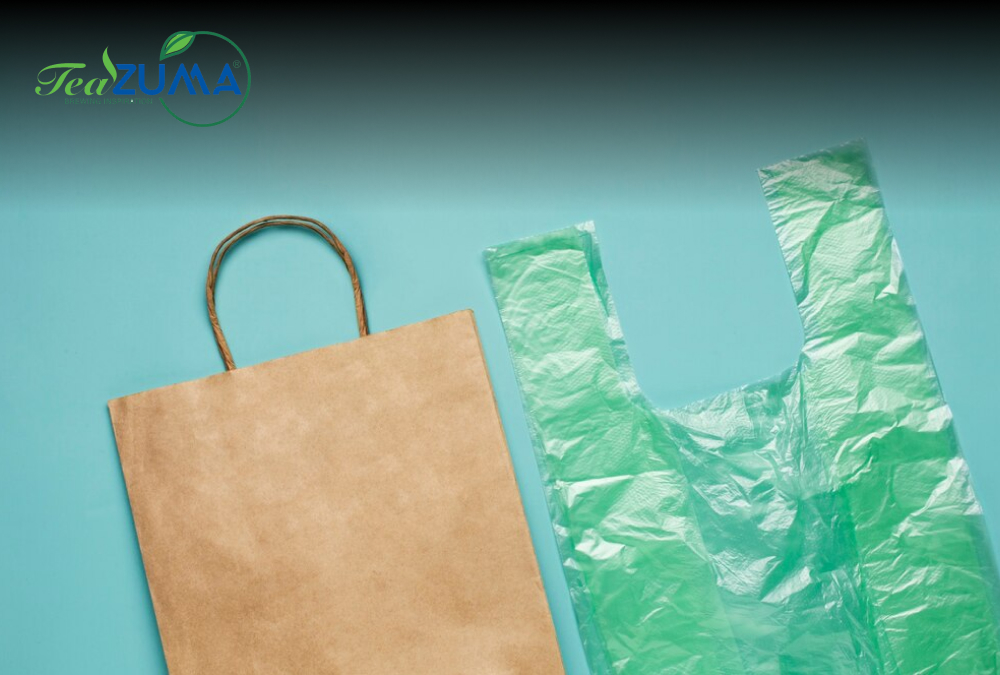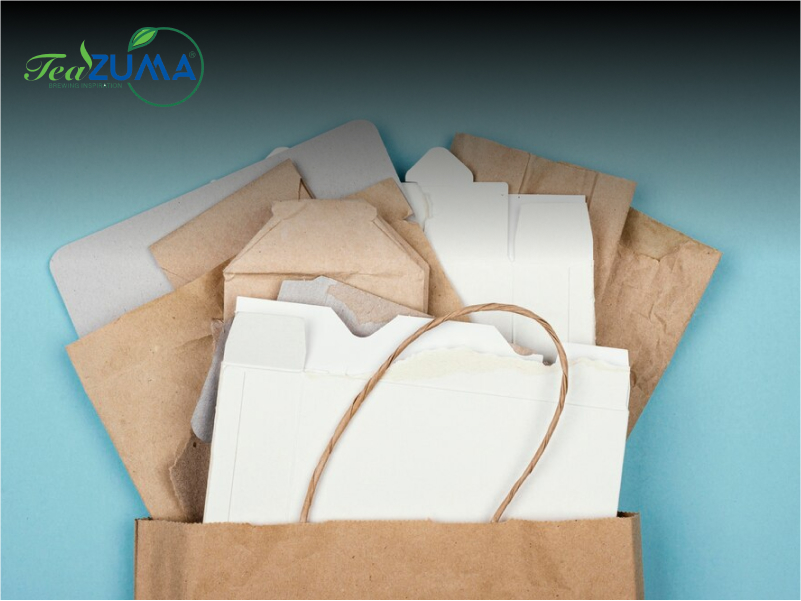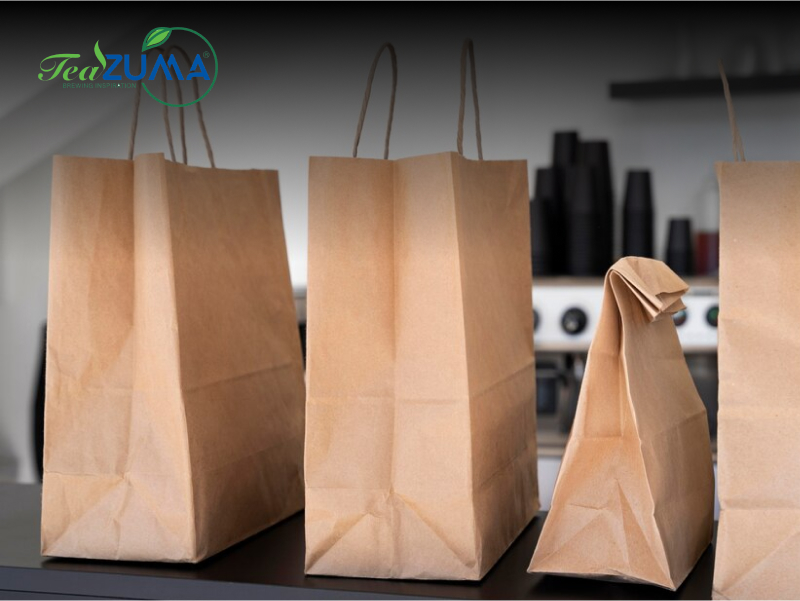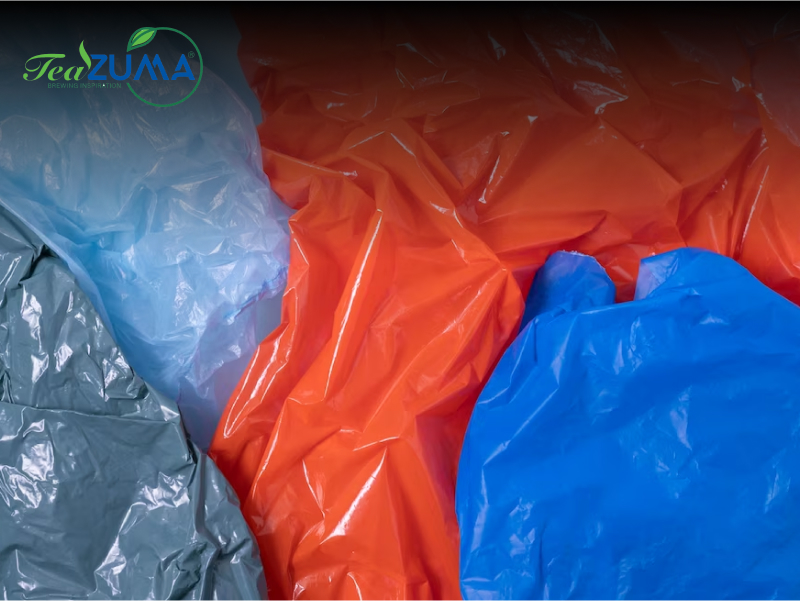No products in the cart.
Paper vs Plastic Bags: Which Option is Truly the Best?

In an era marked by growing environmental concerns, the choice between paper and plastic bags has become a topic of significant debate. As social orders become progressively aware of the need to address environmental worries, purchasers, organizations, and policymakers are confronted with the test of picking the most eco-friendly choice for packaging.
Both options have advantages and disadvantages, but determining which is truly the best requires a nuanced examination of their environmental impact, durability, and economic factors.
Life Cycle Analysis: Plastic Bags
Raw Material Extraction and Production
Plastic packs are predominantly produced using polyethylene, a petroleum-derived polymer. The extraction and handling of crude oil to deliver plastic raise worries about resource depletion and add to air and water pollution. Polymerization and extrusion, two energy-intensive processes used in the production of plastic bags, hurt the environment.
Transportation
Like paper bags, the transportation of raw components and the final product adds to the general carbon footprints of plastic bags. The reliance on petroleum derivatives in both extraction and production stages further exacerbates ecological worries. Notwithstanding, plastic bags are lightweight, decreasing transportation-related emissions contrasted with heavier other options.
Usage
Plastic bags are frequently criticized for their single-use nature, adding to the worldwide issue of plastic pollution. Even though they are light and easy to use, their durability can have long-term effects on the environment. Plastic bags can require many years to deteriorate, prompting worries about their perseverance in landfills, seas, and biological systems.
Disposal
Plastic bags are frequently criticized for their single-use nature, adding to the worldwide issue of plastic contamination. Even though they are light and easy to use, their durability can have long-term effects on the environment. Concerns regarding their persistence in ecosystems, oceans, and landfills stem from the fact that the decomposition of plastic bags can take hundreds of years.
Life Cycle Analysis: Paper Bags

Production and Extraction of Raw Materials
Paper bags are fundamentally produced using wood mash, obtained from trees like pine and spruce. The extraction of raw substances includes logging, raising concerns about deforestation and its effect on biodiversity. The majority of paper bags are made from fresh wood fibers, though some are made from recycled materials. Pulping, bleaching, and shaping the paper into bags are all steps in the production process.
Transportation
The transportation of raw components and finished paper bags adds to the general environmental footprint. Logging and transportation emanate greenhouse gasses, and the energy-intensive process of changing wood into pulp and afterward into bags adds to the carbon footprint. The distance between the manufacturing facility and the point-of-sale location likewise influences the natural effect, taking into account the fuel utilization during transportation.
Usage
Paper bags are much of the time apparent as more harmless to the ecosystem during the use stage. They are biodegradable and can be effectively reused, empowering purchasers to dependably reuse or discard them. Nonetheless, paper bags have limitations regarding strength, particularly when exposed to dampness. This can prompt expanded interest in extra sacks, nullifying a portion of the positive parts of their utilization.
Disposal
Paper bags can be recycled, composted, or disposed of at the end of their useful life. While paper bags are biodegradable and decompose more quickly than plastic bags, the reusing system consumes energy and water. Also, the recycling rate for paper bags is lower than expected, with pollution issues influencing the quality of recycled material.
Durability and Reusability

- When it comes to how long they last, plastic bags tend to win.
- They are less likely to tear or break, which makes them a better option for carrying big things.
- On the other hand, paper bags are easy to tear, especially when they get wet.
- But the problem of reusability changes the way things look.
- Plastic bags are often thought of as throwaway, so people don’t tend to use them more than once.
- They also throw away more trash, which makes the world worse.
- Even though paper bags don’t last as long as plastic bags, they are used more often to recycle or carry groceries.
Economic Aspect
From both a production and a customer point of view, economics is an essential part of the argument between paper and plastic bags.
Most of the time, it costs less to make plastic bags than paper bags, which makes them more profitable for companies.
Because of how cheap they are, they are often used in many shopping stores.
On the other hand, economic factors also affect people who buy things.
Some places have taxes or bans on plastic bags, which encourages shoppers to bring their bags or use paper bags instead.
This changes how customers figure out how much their choices will cost in the long run and how they will affect the earth.
The Role of Plastic Bags in the Industry

Plastic bags have been used in shopping and packaging for a long time.
Companies like Tea Zuma store have used plastic bags to package and ship their goods because they are easy to use and cheap. Not only are these bags light, which helps keep shipping costs down, but they also protect goods in travel.
But the business is changing because environmental issues are becoming more important. Many companies are now looking into eco-friendly alternatives to plastic bags, like biodegradable plastics or reusable bags, to keep up with changing customer tastes and environmental laws.
Sustainability is important
Tea Zuma store understands how important ecology is in today’s business world. As a forward-thinking company, they are looking for ways to make their packing less harmful to the earth.
Plastic bags have been very important to their business, but this is spending on research and development to find more environmentally friendly ways to package their products.
This commitment to sustainability is not only in line with the growing desire for practices that are good for the environment, but it also makes Tea Zuma’s online store a star in their business and gives others an example to follow as they try to make the future greener.
Conclusion
The discussion about whether paper or plastic bags are the better ecological decision is intricate and complex. The two choices enjoy benefits and downsides at different phases of their life cycle. While paper bags are biodegradable and have a higher recycling rate, their production consumes a lot of energy and contributes to deforestation. Plastic bags, then again, have lower production-related energy utilization however represent a significant danger to the climate because of their determination and effect on the environment.
The decision between paper and plastic bags includes considering the whole life cycle and gauging the ecological effect at each stage. While there is no one-size-fits-all response, the more extensive focus ought to be on changing towards more sustainable and eco-friendly choices to moderate the environmental effect of packaging materials.
As the discussion between paper and plastic bags goes on, it is important to stay educated and make decisions that will help make the future cleaner and more sustainable.
FAQs
Q1) Should plastic bags or paper bags be preferred as environmentally sustainable options?
It is important to note that the environmental friendliness of plastic vs paper bags depends on several factors. Although plastic bags have lower production-related energy consumption, they are a serious threat to the environment because of their longevity and effects on habitats. Paper bags are biodegradable and have a better recycling rate, but they cause deforestation during the production process.
Q2) Are paper bags more durable than plastic bags?
Plastic bags are often stronger than paper bags because they are less likely to tear or break. But paper bags are degradable, and they can be recycled or used again. Depending on personal preferences and applications, one can choose between durability and environmental impact.
Q3) What is the economic choice between paper and plastic bags?
From the production point of view, plastic bags tend to be cheaper to manufacture as compared to paper bags and, as a result, businesses can make more money than before. Economic factors can also affect consumers, and some regions have introduced taxes or a ban on plastic bags to encourage the use of reusable or paper bags.
Q4) How does Tea Zuma Store respond to environmental concerns in packaging?
Tea Zuma Store recognizes the need for sustainability in the contemporary business environment. Although plastic bags have proven to be convenient and cost-effective, the company is constantly investing in more environmentally friendly packaging as a result of research and development. This pledge is in line with the increasing trend of eco-friendly operations and makes Tea Zuma Store a pioneer in the field of environmental business practices.


